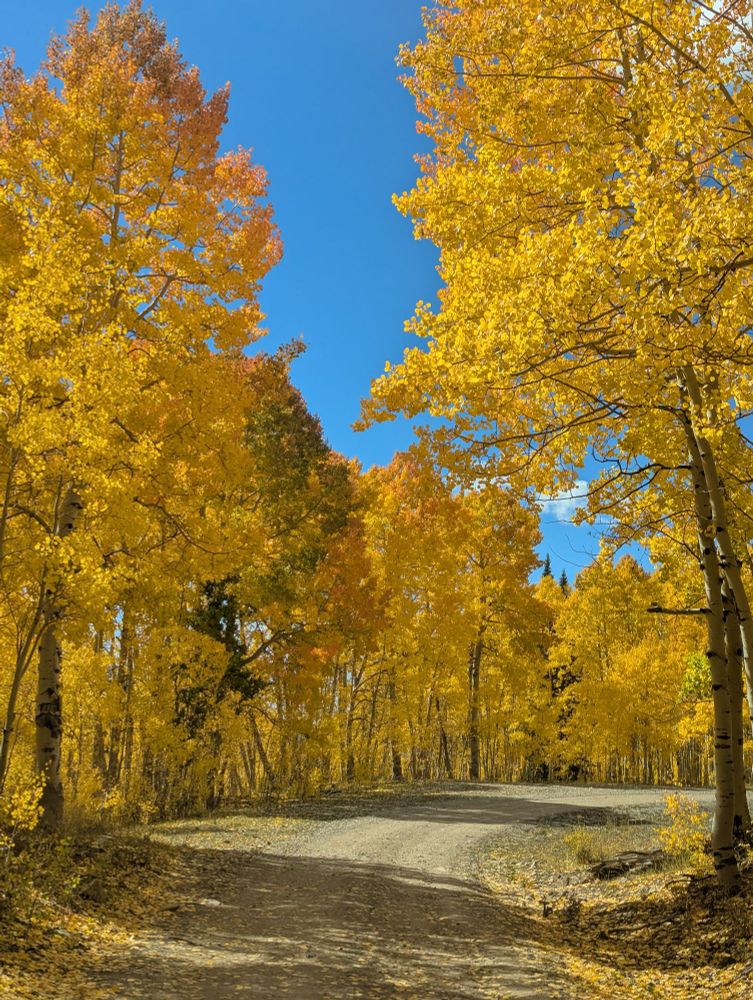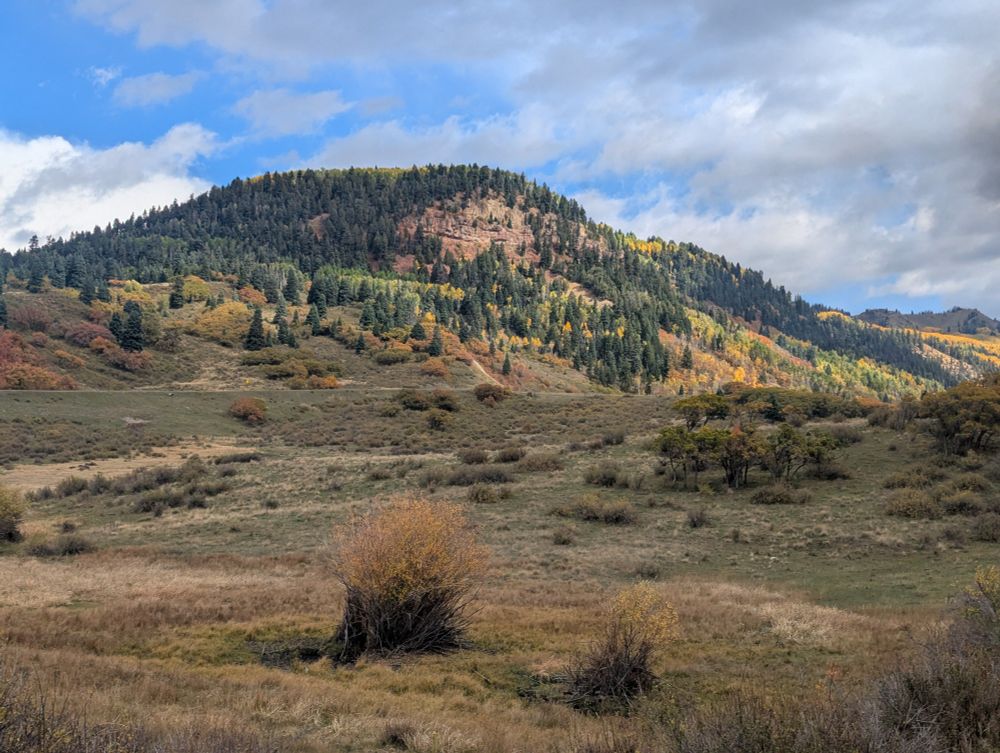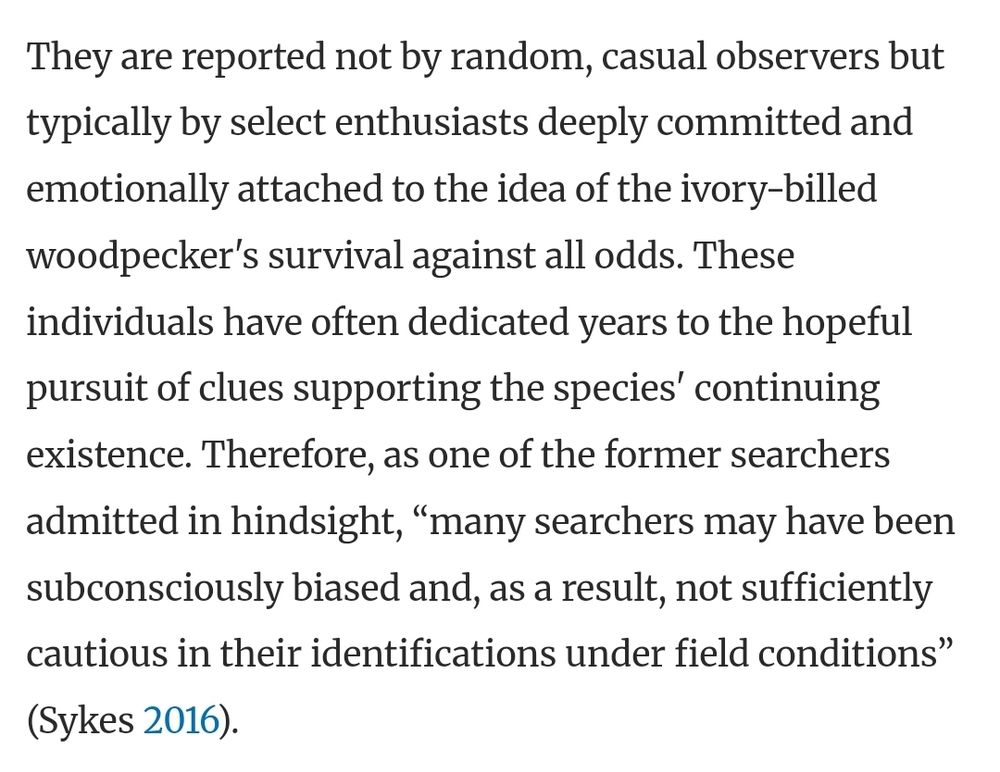Nick Mustoe
@nickmustoe.bsky.social
930 followers
780 following
400 posts
Interested in all things public lands and forestry. Avid reader on the topic of wildfire. Wildlife observer. Liverpool fan. Opinions I present here are in a personal capacity.
🎯 Dolores, CO
Posts
Media
Videos
Starter Packs
Reposted by Nick Mustoe
Reposted by Nick Mustoe
Reposted by Nick Mustoe
Reposted by Nick Mustoe
Reposted by Nick Mustoe
Reposted by Nick Mustoe
Reposted by Nick Mustoe
Reposted by Nick Mustoe
Reposted by Nick Mustoe
Reposted by Nick Mustoe



































